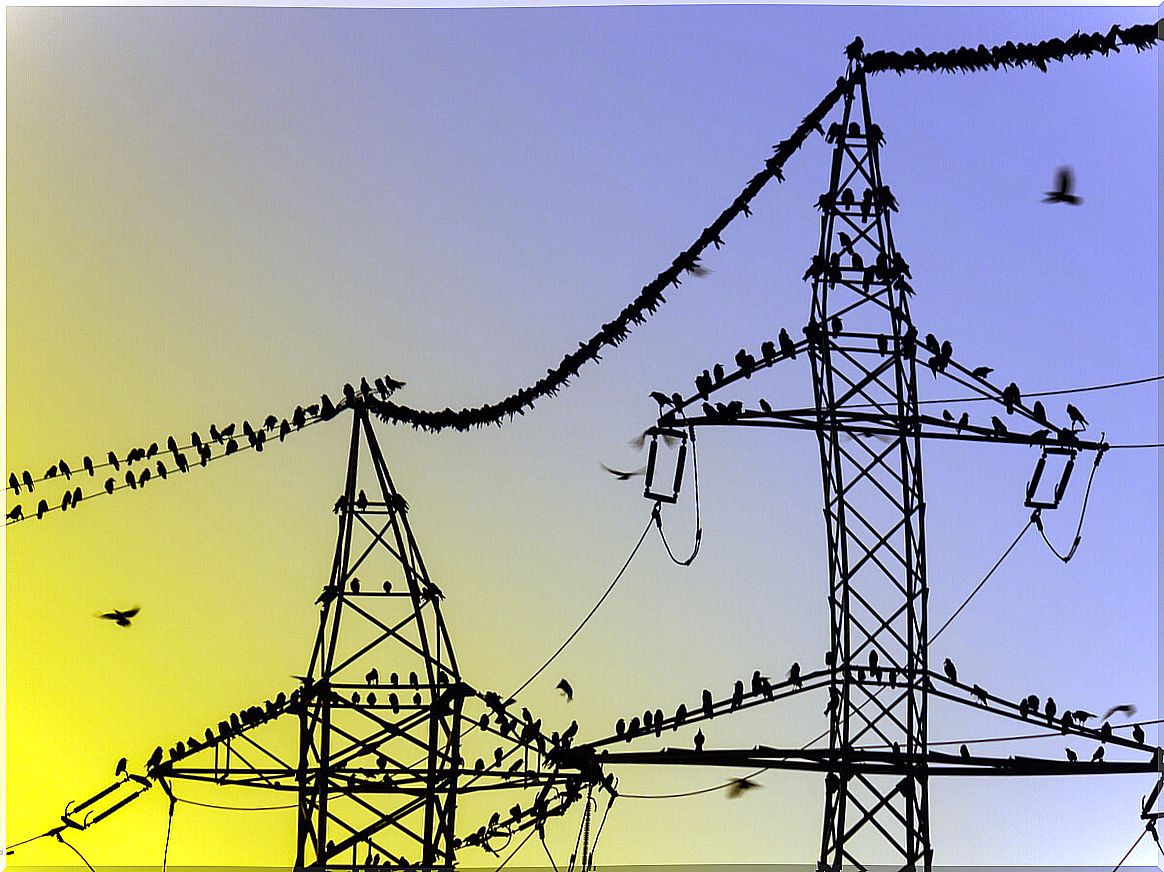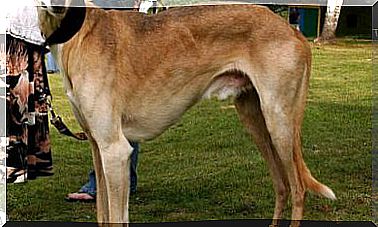Noise Pollution: The Enemy Of Birds

Noise pollution is a reality in all rapidly growing and expanding cities. Without a doubt, with each new urban planning project comes a new headache, perhaps especially for birds.
Urban plans and industrialization not only change the landscape and food sources, but also affect the nesting of birds and many other vital parameters.
The Difficulty of Studying Noise Pollution in Birds
It is important to note that, in the real world, studying the effect of noise pollution is difficult. This is because it is necessary to distinguish which stressor is most harmful to birds from all the hustle and bustle of urban life.
In addition, the reactions of birds to noise depend on the type of noise produced, including frequency, volume, consistency, and duration.
Some species of birds react more negatively to noise than others. For example, birds that form colonies are highly susceptible to noise: when a bird reacts, its companions follow suit.
Noise pollution induces changes in reproductive success
Noise can affect egg production, incubation, rearing, and flight response to nest predators. In addition, it also influences the ability to find or attract a mate and the effectiveness of the parents in listening and responding to the pleading calls of their young.

Noise can mask communication between birds
In all bird taxa, social relationships are based on sound communication. Vocalization usually dominates much of the first-order contact.
Background noise can obscure or interfere with communication or threat detection, producing what scientists know as “masking.”
The importance of masking is that it hinders the vocal communication of birds to attract their mates, defend territories and flee from threats, since noise can also mask calls for help and alarm.
Also, it is important to note that contact calls help maintain group cohesion. For this reason, masking can potentially result in the loss of individuals or the breakdown of group cohesion.
To exacerbate this problem, it is common for the bird’s “dawn chorus” to temporarily overlap with one of the busiest rush hour traffic. For all these reasons, noise can determine both habitat quality and reproductive success.
Noise pollution produces changes in song components and redundancies
According to field studies, male finches that inhabit naturally noisy areas sing some song components for longer periods than their counterparts in quieter areas. In addition, the finches produced fast trills in shorter episodes.
The researchers suggest that these changes may be a trade-off between attracting females with trills while reducing neuromuscular fatigue.
Loud noise can induce changes in singing time
There are reports that in the city, common nightingales can adjust the time of their maximum song to avoid acoustic interference.
In another investigation, it was documented that the small flycatchers ( Empidonax minimus ) and the red-eyed vireo ( Vireo olivaceus ) changed their singing time to avoid overlapping their songs.
Noise pollution appears to be an influencing factor in changes from day to night song among European robins ( Erithacus rubecula ) in some cities. It is interesting to know that changes in the singing schedule have also been reported in frogs, associated with loud noises.
Birds under stress from noise pollution may live less
According to a recent report, exposure to noise pollution in zebra finches ( Taeniopygia guttata ) induces stress that may be related to rapid aging and a shorter life expectancy.
It should be noted that scientists use the size of parts of DNA called telomeres as an indicator of longevity. This portion of DNA makes up the end of chromosomes, similar to the plastic that protects the end of a string.
In this report, the authors found substantial telomere shortening in juvenile birds subjected to 100 days of acoustic exposure. It is not yet known whether these birds will actually live less time than the group that was not subjected to noise.

Beyond the ear
Noise pollution affects birds in multiple ways, including physical damage to the ears. It also induces changes in your stress, flight, and avoidance responses.
Additionally, changes have been observed in their vocal communication, foraging behavior, and reproductive success. In general, all these variations can result in decreases in exposed bird populations.









